Amman: Humus, Bedouins and Roman Ruins

According to world politics and various news’ sites, the Middle East doesn’t seem like the most appealing place to travel for a relaxing and safe holiday. But beyond the conflicts lies multiple destinations of interesting cultural and historical content and a great place to start is the capital of Jordan: Amman.
Having spent more than seven months living in Amman, I had plenty of time to discover the wonders of the city and its surrounding country side. To help you decide on Amman being your next travel destination, here are my best tips and recommendations for the sandy city.
The Classics
As a nation of Bedouins, immigrants and refugees, Jordan is both a cultural veteran and a newcomer. The old can be found around Amman and in the close by town of Jerash, where the ancient Roman buildings and landmarks remain to stand since the Roman occupation of Jordan more than 1,500 years ago.
In Amman you can visit the Roman Theatre, which houses two museums on the cultural development of Jordan, but it also hosts several modern day music festivals and concerts.
If you’re up for a hike, you can walk the many stairs to the top of one of Amman’s seven hill tops and discover the Citadel, which dates back to the Iron Age. With several Roman ruins and the beautiful Umayyad Palace, the site is a great place to learn about the different time periods of Amman and the view is also great, as you can see the entire town from there and the light is amazing around sunset.
Though a few hours outside of Amman, a place that is hard to miss when it comes to wonders of the past is the pink city of Petra. Manageable in a day, but with weeks of caves and Bedouin traditions to discover, Petra is a magical place with its stone alleys and camel riding locals.
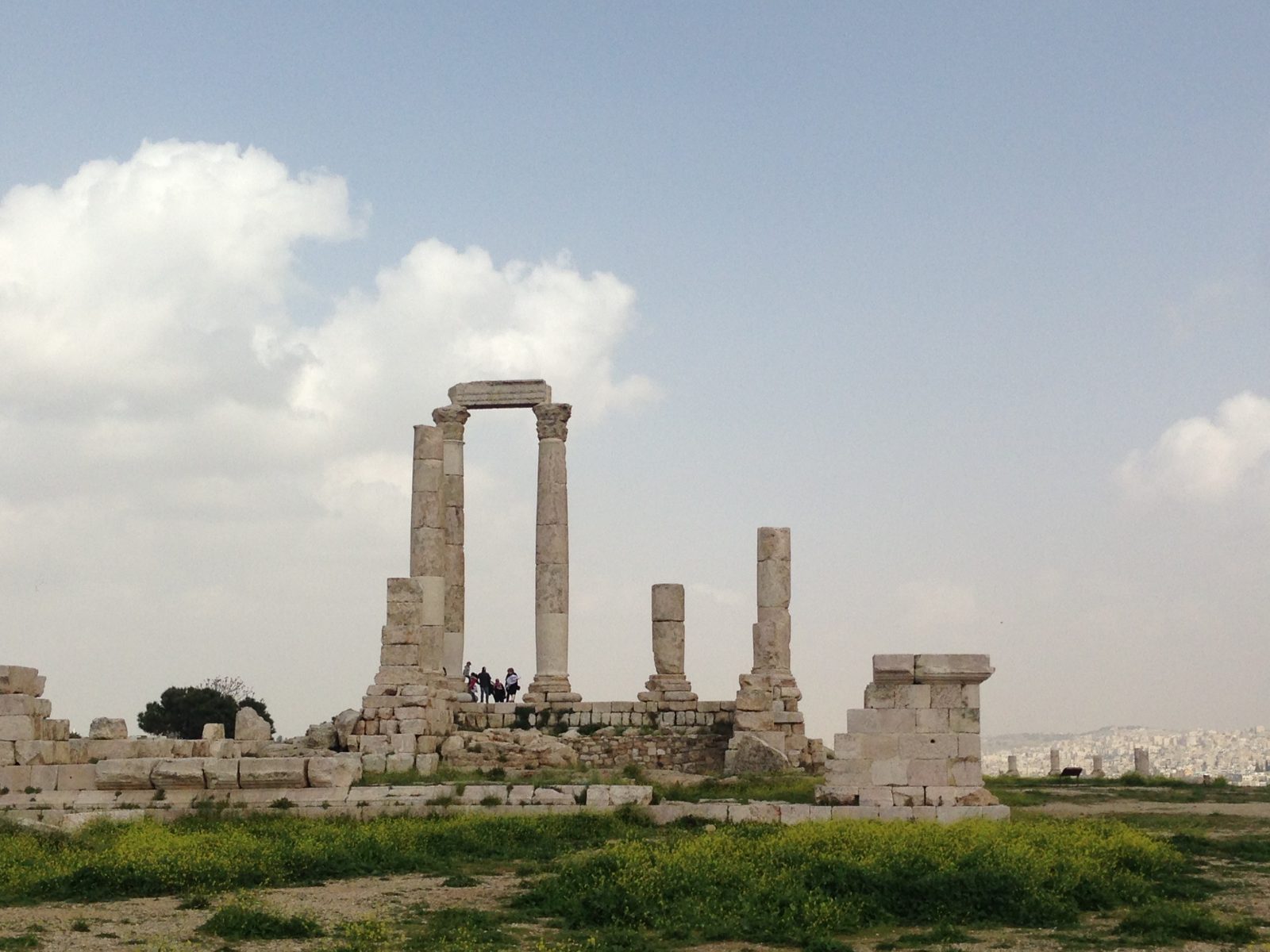
Divine Nature
Being the Middle East and all, the religious history is hard to hide, as Jordan hosts a lot of the sites where the happenings of the Bible and Koran take place.
Noteworthy is Mount Nebo, where it is said that Moses lived his last years and died, overlooking the promised land. An hour outside of Amman the mountain stands as a green garden amongst the dessert fields and with a breathtaking view over Palestine and the Dead Sea.
You can also do as King Herodias did and travel to the Dead Sea for a spa treatment like no other.
With its high volume of salt, the sea between the West Bank and Jordan guarantees a constant float and glowing skin from all the minerals in the mud surrounding it. There are multiple options on how to gain access to the sea, but I recommend using one of the hotels, as they are cleanest and with a life guard.
Blue Domes and Cheap Clothes
Back in Amman the Islamic culture is present throughout the city with mosques shining green lights everywhere the eye looks. One of the most notable one’s is the King Abdullah Mosque, which is also the only mosque non-Muslims can visit and enter. You can recognize it by its grand blue dome.
Not too far from there is also where the Friday Marked “Ras al Ein” takes place from Thursday evening till Saturday morning. Here you can buy anything from fur coats to Nike sneakers and suitcases. It’s not hard to see, but everything is second hand and therefore not the best of quality, but really cheap – I bought my winter coat there for 20 DKK.
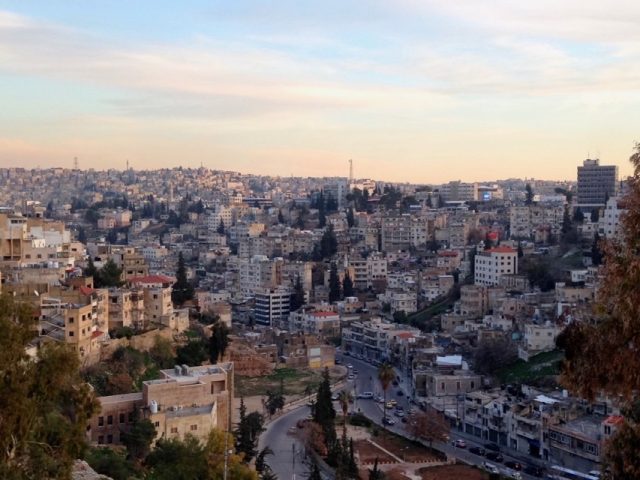
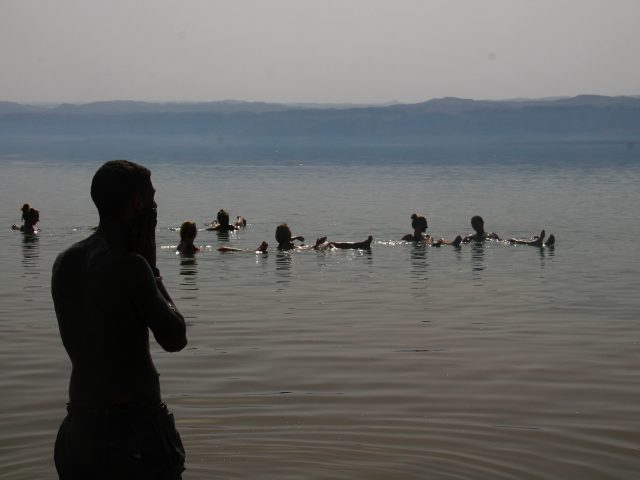
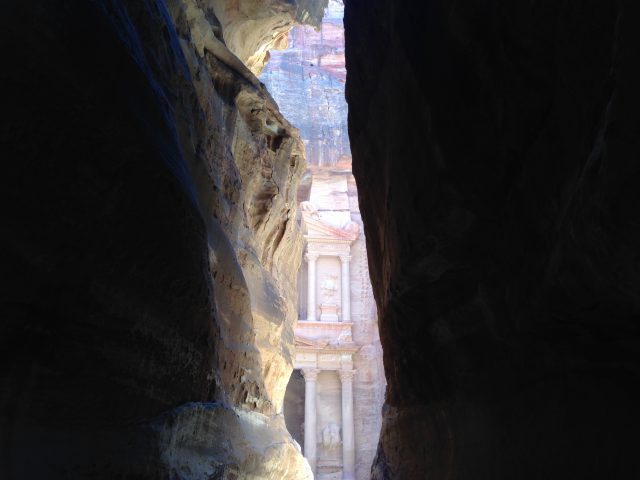
The shopping opportunities continue in Downton Amman, where the streets are packed with people at the grocery market and store owners trying to sell different kinds of Bedouin dresses and jackets. Bring your a-game negotiation skills, as the grocers are eager to debate the price with you, but more often than not you can get a really good deal.
Multicultural Food
The Jordanian people is a great mixture of Syrians, Palestinians, Lebanese and various tribes, which also effects the countries food culture.
The national dish is Mansaf, which is boiled lamb in a yogurt sauce over yellow rice. A very heavy dish that will make you full after three bites, the dish is a result of the Bedouin lifestyle, where food was supposed to last for several weeks when travelling through the sand dunes.
Another Jordanian favorit is knafeh, which is a dessert consisting of warm cheese with a hard sugar top on it. A store in Downtown specializes in it, but you have to be patient to try it because the line is always more than ten meters long.
Going beyond Jordan, Amman also has some great restaurants such as Bab al’Yemen, which serves tasty Yemenese food while you sit on the floor. A small Sri Lankan population has also made their mark on Amman with their restaurant serving spicy bread and curries, but if you are more into trying lamb brain or exotic kebabs, then the Iraqi place close to the Roman Theatre is the place to go.
No meal would be complete in the Middle East without hummus, and as the fight over the origin of the dish amongst the different Middle Eastern countries continue, it’s safe to say that the Falafelstore close to Paris Circle in Al Webdhe knows how to make a good one. Splurge on one of their 6DKK sandwiches and you have yourself a street food favorite – both amongst locals and tourists.



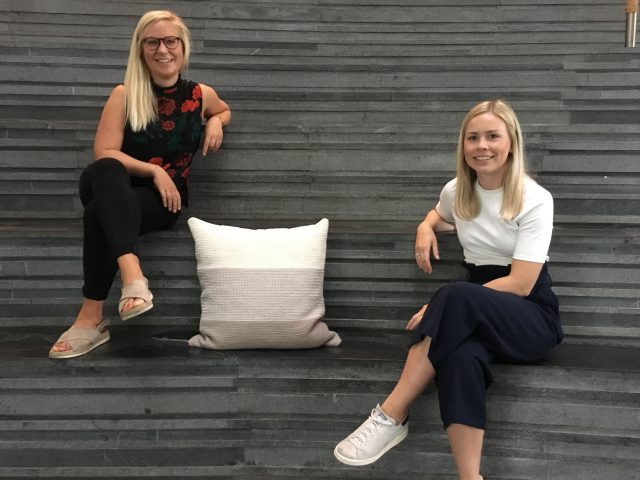




























































































































Comments